Yoga Blog
Yoga for Headache Relief: Gentle Poses and Breathing Techniques to Ease Pain
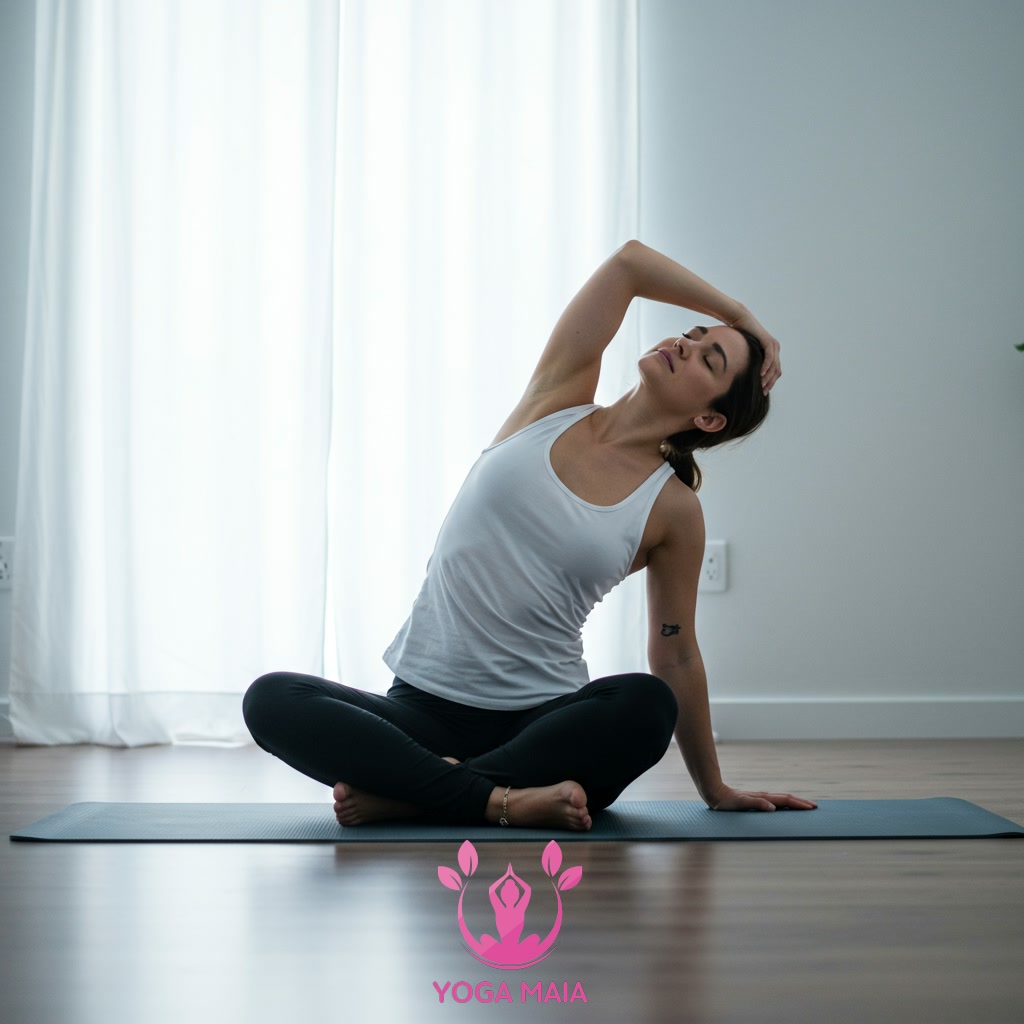
This content examines the use of yoga as a method for alleviating headache pain. It details specific gentle yoga poses that can help reduce tension and promote relaxation. Additionally, effective breathing techniques are presented as tools to ease discomfort associated with headaches. The material aims to provide accessible yoga practices for finding relief from headache symptoms.
Table of Contents
- Section 1: Understanding Headache Types and How Yoga Can Help
- Section 2: Why Gentle Yoga is Effective for Headache Relief
- Section 3: Gentle Yoga Poses for Easing Headache Pain
- Section 4: Breathing Techniques (Pranayama) for Calming and Relief
- Section 5: Integrating Yoga into Your Routine for Headache Prevention
- Section 6: Important Considerations and When to Seek Medical Advice
Section 1: Understanding Headache Types and How Yoga Can Help
Headaches are not a single condition; they manifest in various forms, each with potentially different triggers and sensations. Common types include tension headaches, often felt as a tight band around the head or pressure in the neck and shoulders, frequently linked to stress and muscle strain. Migraine headaches are typically more intense, often characterized by throbbing pain on one side of the head, and can be accompanied by nausea or sensitivity to light and sound. Cluster headaches, though less common, are severely painful attacks occurring in clusters. Understanding the type of headache can help in identifying triggers. Yoga can be a valuable complementary approach, particularly for tension-type headaches, by addressing underlying causes like stress, muscle tightness in the neck and shoulders, and poor posture. Through gentle movement and focused breathing, yoga encourages relaxation, improves circulation, and releases physical tension, offering a pathway to potentially reduce the frequency and intensity of certain headache types.
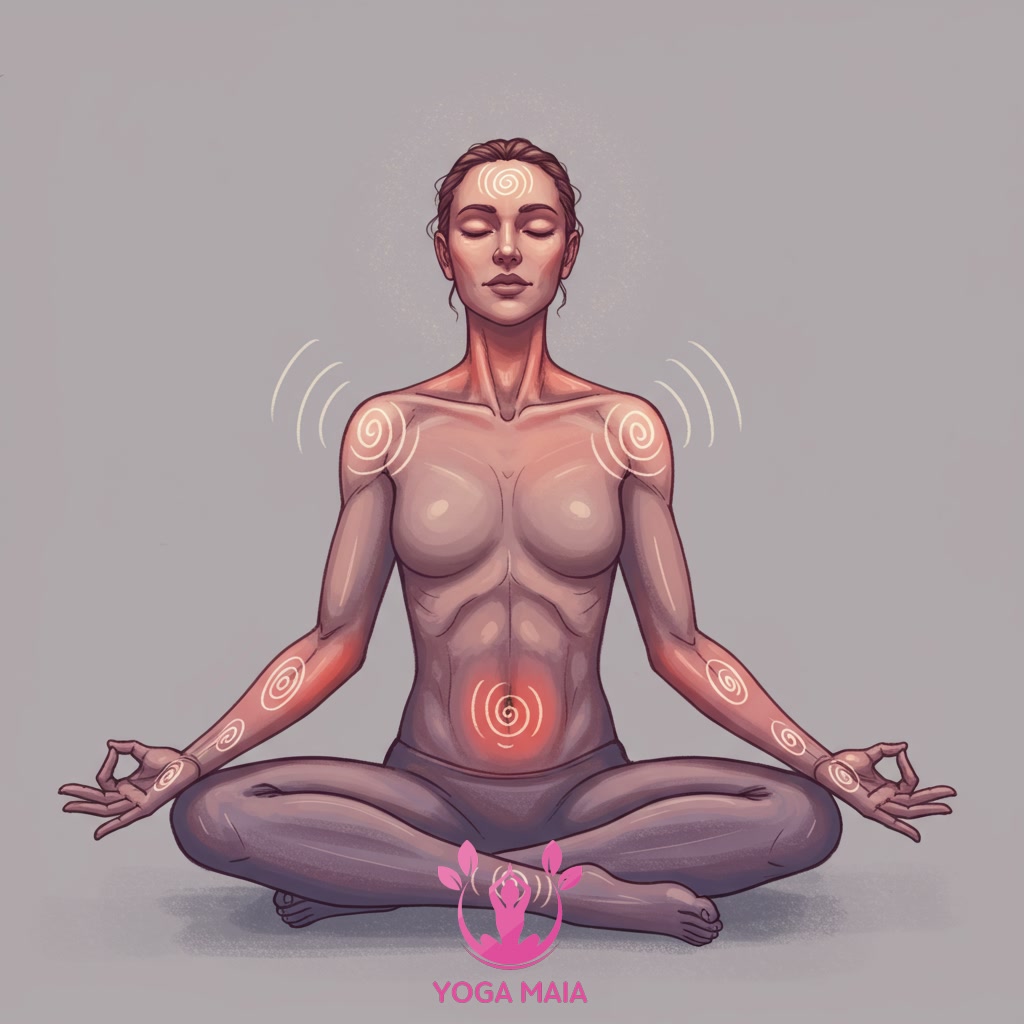 Understanding Headache Types and How Yoga Can Help
Understanding Headache Types and How Yoga Can Help
Section 2: Why Gentle Yoga is Effective for Headache Relief
Building on the understanding that many headaches, particularly tension types, are linked to physical and mental stress, gentle yoga offers a non-invasive approach to relief. These practices target the root causes by easing muscle tension often held in the neck, shoulders, and upper back – areas frequently contributing to headache pain. Furthermore, the focus on mindful movement and controlled breathing activates the body’s relaxation response, counteracting the stress hormones that can exacerbate discomfort. By promoting overall calm, improving circulation, and releasing physical tightness, gentle yoga helps to interrupt the pain cycle and create a sense of ease, making it an effective complementary strategy for managing headache symptoms.
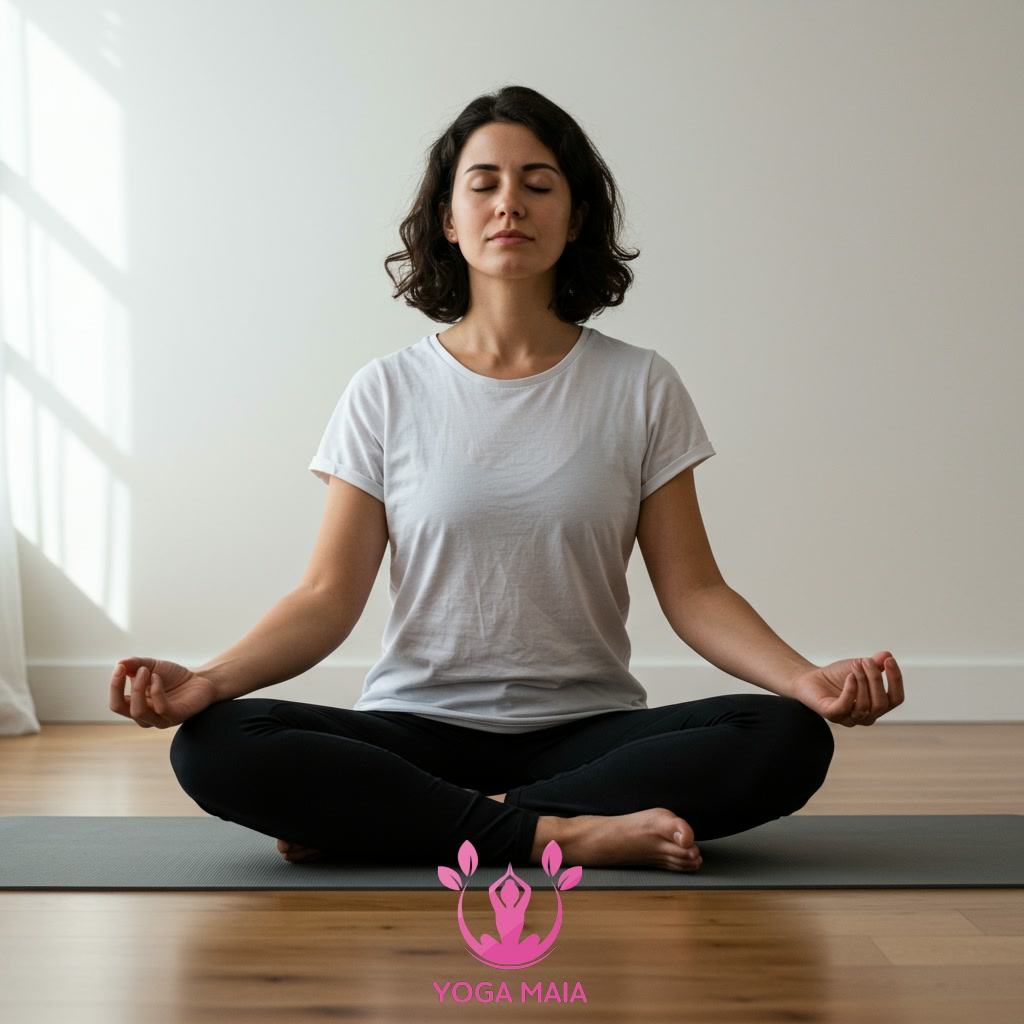 Why Gentle Yoga is Effective for Headache Relief
Why Gentle Yoga is Effective for Headache Relief
Section 3: Gentle Yoga Poses for Easing Headache Pain
Building upon the understanding that tension in the neck, shoulders, and upper back often contributes to headaches, gentle yoga poses offer a direct way to address this physical tightness. Unlike vigorous styles, these poses are chosen for their ability to promote deep relaxation without causing strain. Simple forward folds, gentle twists done while seated or lying down, and supported poses like Supported Bridge or Legs-Up-the-Wall can help release muscular tension that may be constricting blood flow or pressing on nerves. Holding these poses with mindful awareness encourages the muscles to soften and lengthen, easing physical discomfort. The focus is on creating space and promoting a sense of calm throughout the body, which can significantly reduce the intensity and frequency of tension-related headaches.
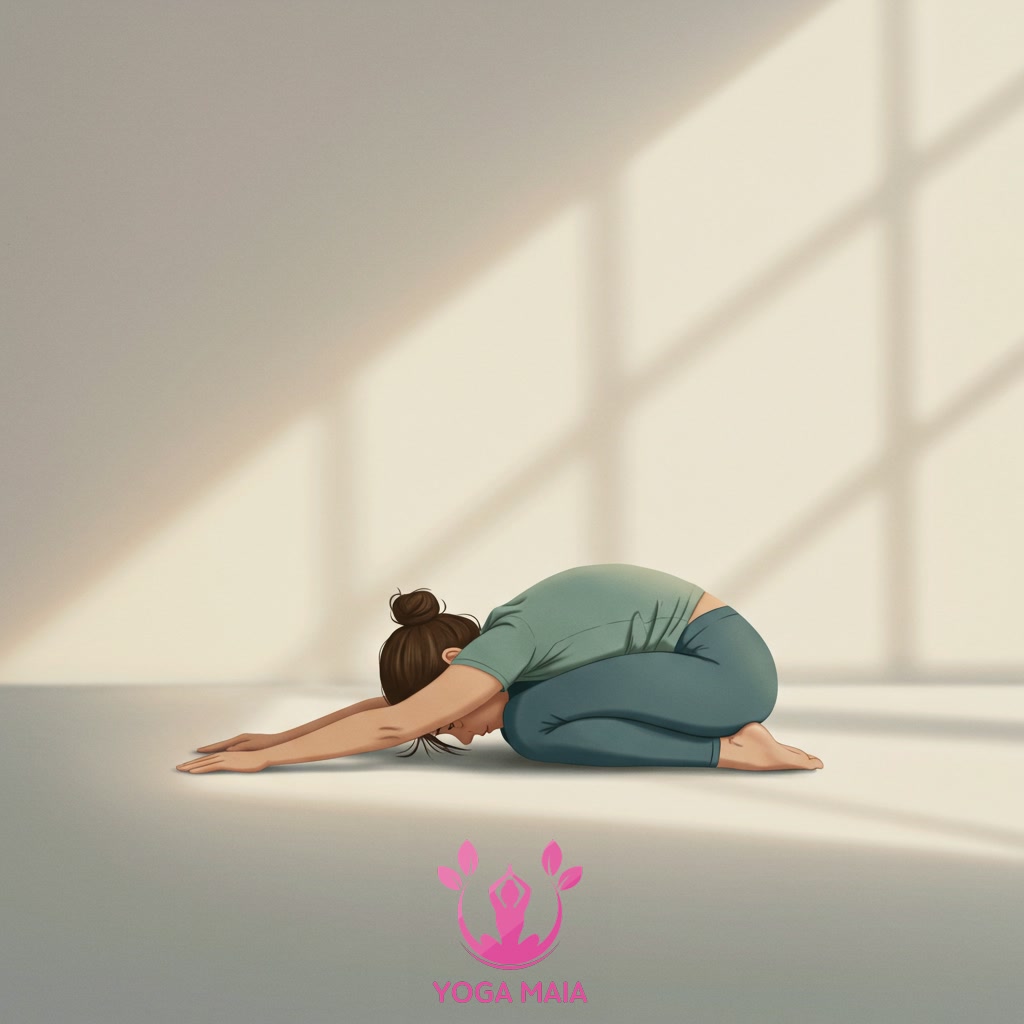 Gentle Yoga Poses for Easing Headache Pain
Gentle Yoga Poses for Easing Headache Pain
Section 4: Breathing Techniques (Pranayama) for Calming and Relief
Beyond the physical release achieved through gentle poses, integrating conscious breathing techniques, known as Pranayama, plays a vital role in alleviating headache pain. Headaches are often exacerbated by stress and a hyperactive nervous system. By focusing on the breath, you can directly influence your parasympathetic nervous system, promoting a state of calm and reducing the body’s ‘fight or flight’ response. Simple practices like deep diaphragmatic breathing or lengthening the exhale can help to slow the heart rate, reduce muscle tension throughout the body (including the head and neck), and create a sense of groundedness. This conscious control over the breath shifts attention away from pain and fosters a sense of peace, making Pranayama a powerful complementary tool alongside physical postures for headache relief.
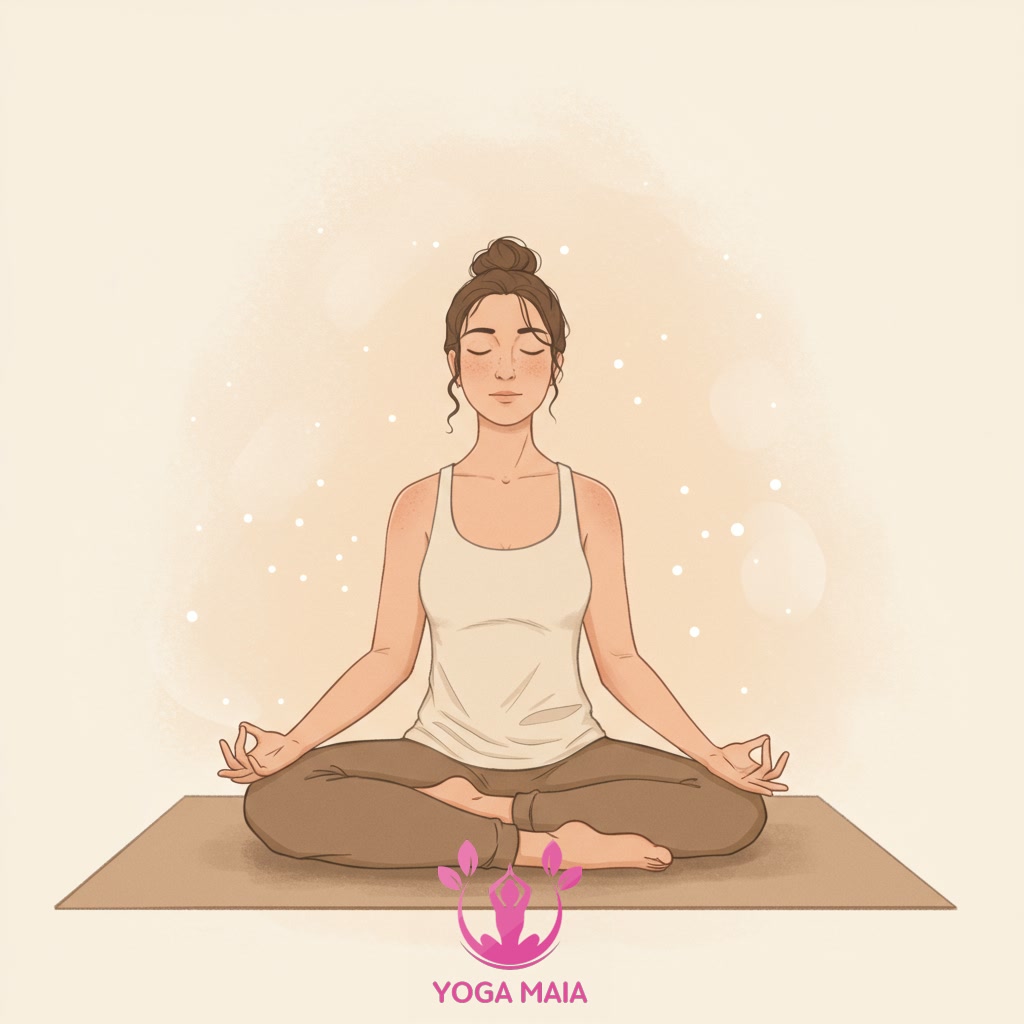 Breathing Techniques (Pranayama) for Calming and Relief
Breathing Techniques (Pranayama) for Calming and Relief
Section 5: Integrating Yoga into Your Routine for Headache Prevention
Making yoga a consistent part of your life is crucial for headache prevention, rather than just using it for relief when pain strikes. Regular practice helps manage the underlying tension and stress that often trigger headaches before they escalate. Consider dedicating even short periods daily, perhaps 10-15 minutes in the morning to start your day calmly or in the evening to unwind. Integrating yoga into your routine can be as simple as linking it to an existing habit, like doing a few poses after waking up or before bed. Consistency builds resilience, allowing your body and mind to better handle stressors and maintain a state of relaxation, significantly reducing the frequency and intensity of headaches over time.
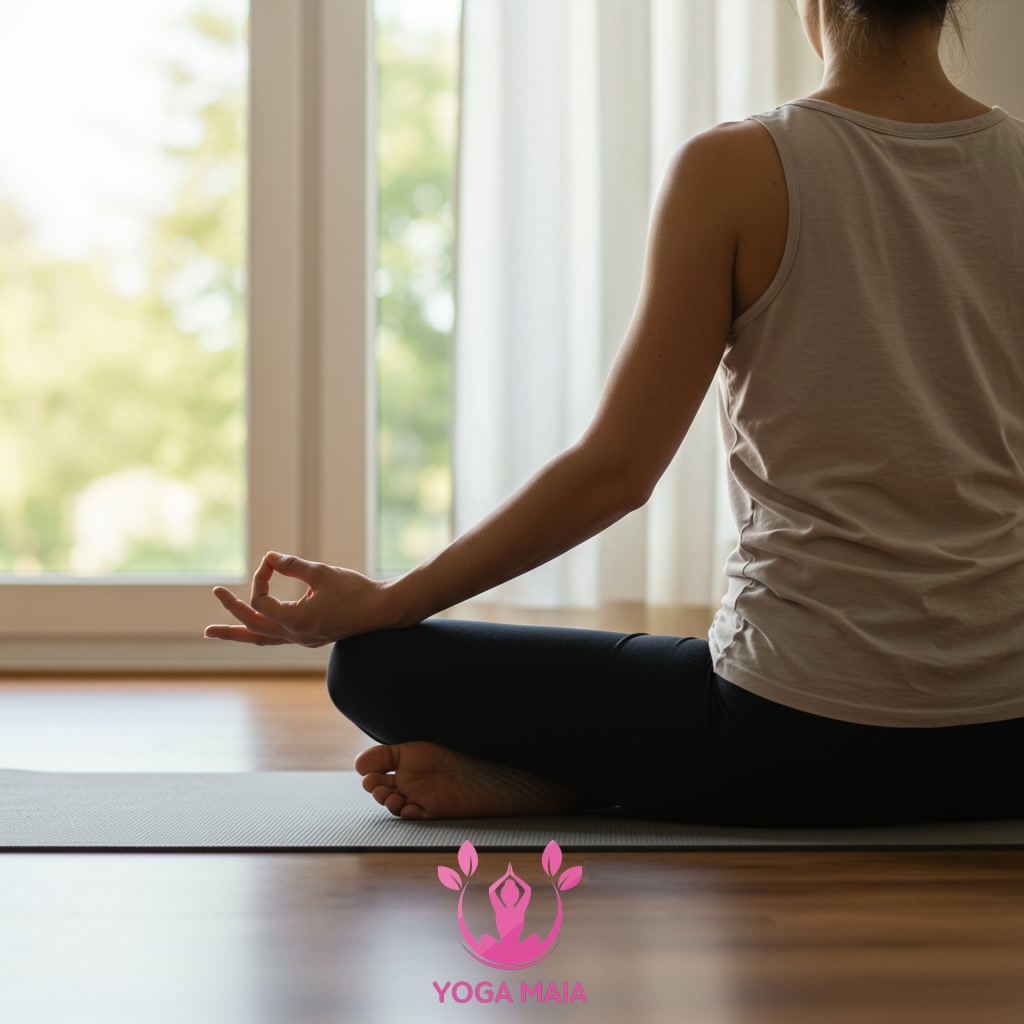 Integrating Yoga into Your Routine for Headache Prevention
Integrating Yoga into Your Routine for Headache Prevention
Section 6: Important Considerations and When to Seek Medical Advice
While incorporating gentle yoga and breathing techniques can be highly beneficial for managing headache symptoms and promoting relaxation, it is crucial to understand their role as complementary practices, not replacements for professional medical advice. If you experience new, severe, persistent, or unusual headaches, or if your headache pattern changes significantly, it is essential to consult a healthcare provider immediately to rule out any underlying medical conditions. Additionally, pay close attention to your body during yoga practice; never force poses or movements that cause sharp or increasing pain. Listen to your body’s signals and modify or skip poses as needed. Yoga should support your well-being, and knowing when to seek medical guidance is a vital part of a holistic approach to health.
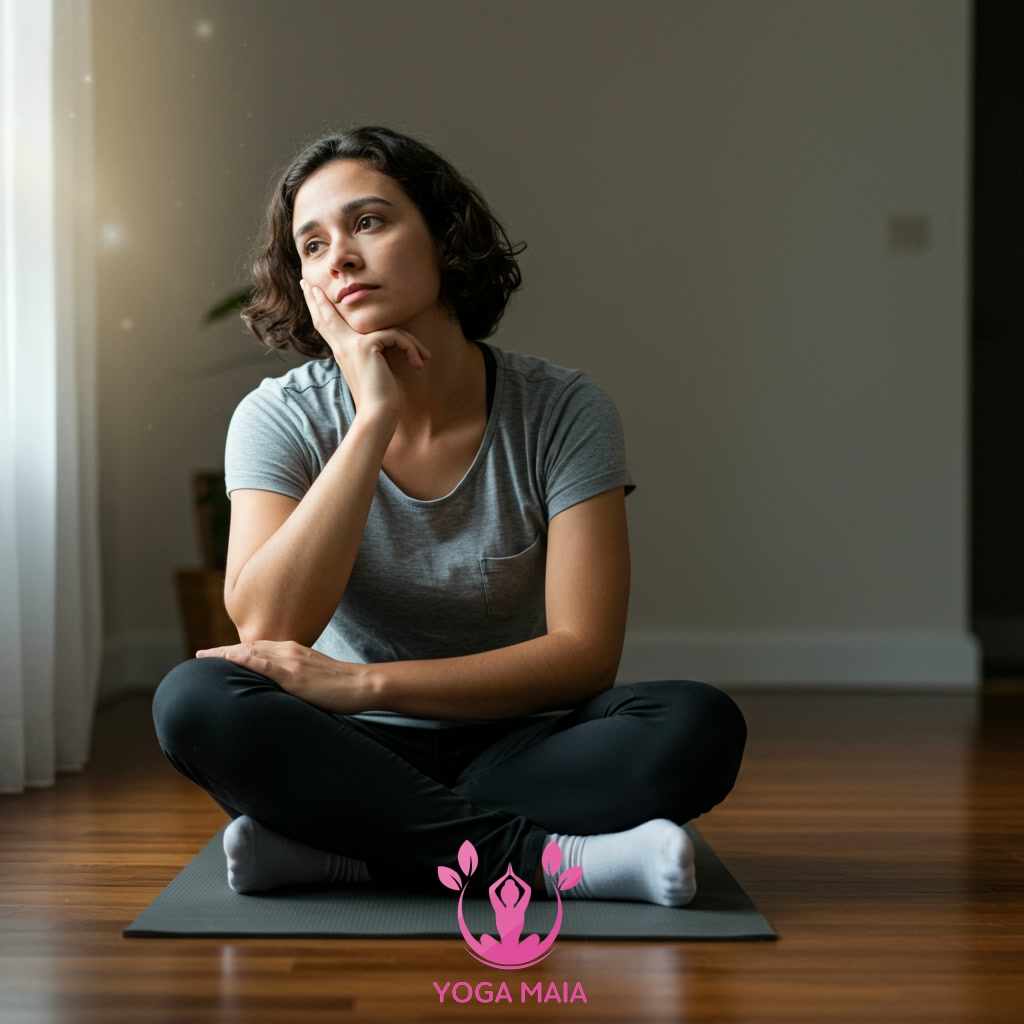 Important Considerations and When to Seek Medical Advice
Important Considerations and When to Seek Medical Advice












